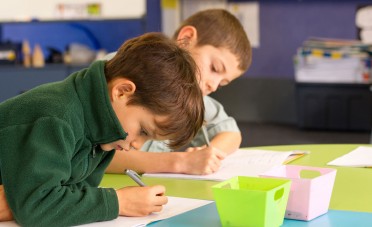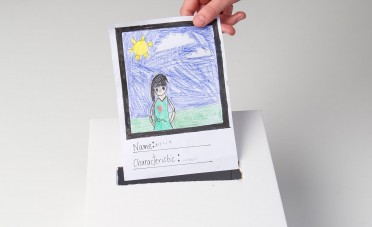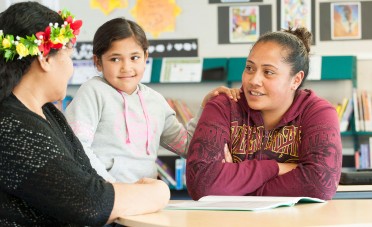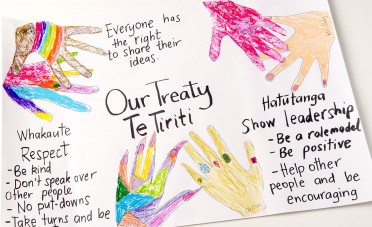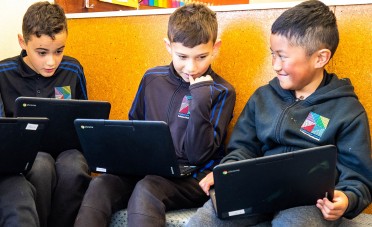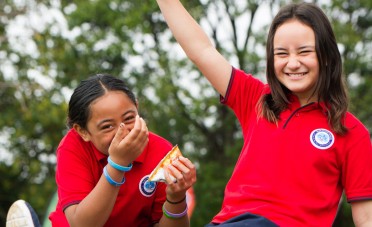Identity and self-worth: I belong
I belong supports identity and feelings of self-worth for ākonga by giving them the opportunity to confidently express their ideas, needs, and feelings as group and class members, and listen sensitively to others in the class. Ākonga are also asked to identify their personal strengths, and how their strengths help them to make positive contributions.
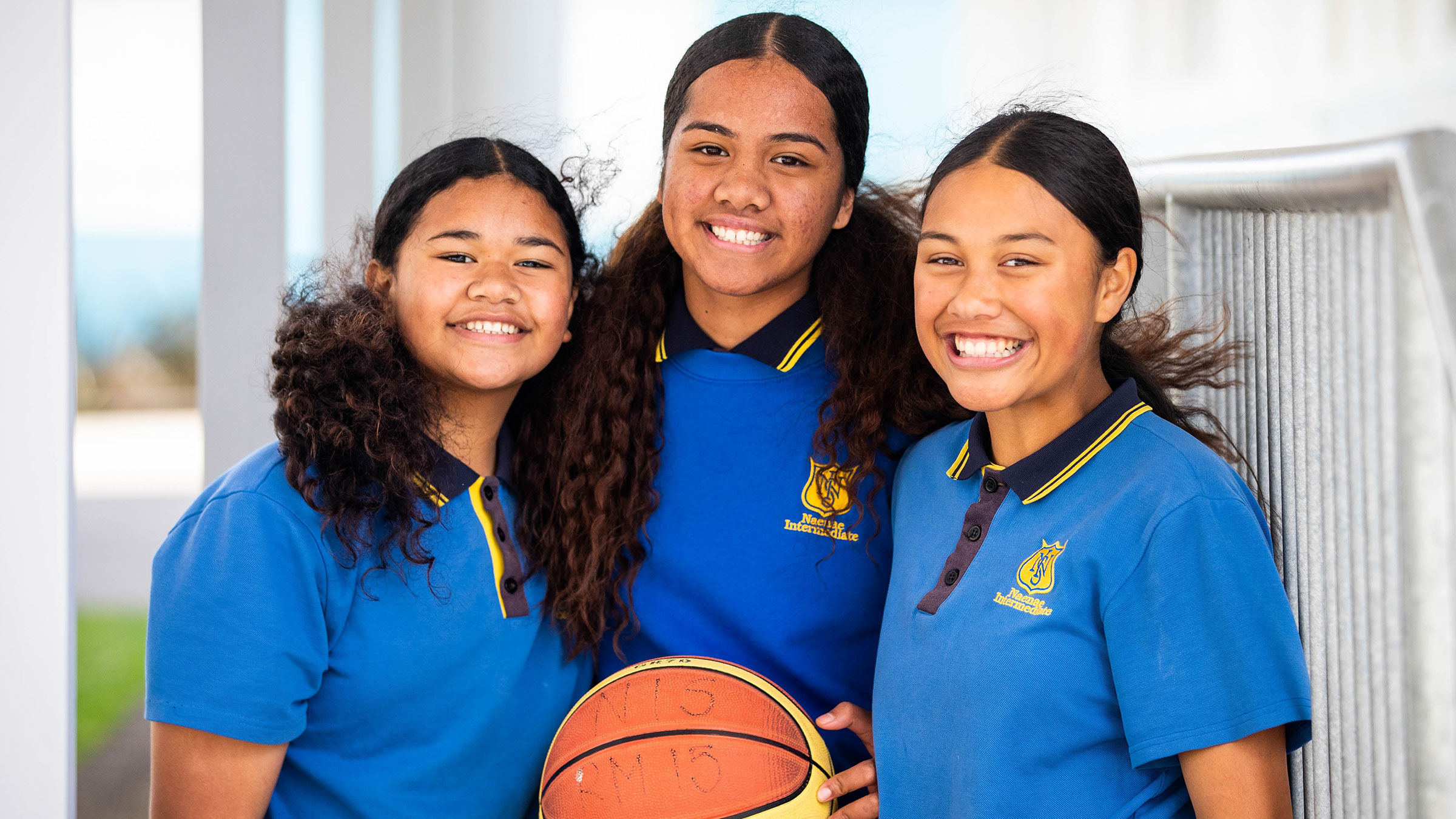
Understanding ourselves and getting on together — Activity collection
This resource is part of the Understanding ourselves and getting on together collection.
Possible learning activities
Belonging to groups
Talk about how everyone in the class belongs to a number of different groups. Brainstorm with the class the different kinds of groups people in their class belong to and things ākonga have in common. List these on the board. Examples might include:
- age groups
- whānau
- siblings and cousins
- ethnicity and language
- sports
- churches and religious groups
- communities of people with disabilities
- hobbies
- cultural groups such as choir, or kapa haka
- ways of getting to school
- pets and farm animals
- class working groups
- hapū or iwi.
Ask ākonga to make pairs or small groups to describe a group they belong to and answer these questions:
- What do I like about being part of this group?
- What makes me feel part of this group?
Ākonga can record the different groups that they belong to on a shape, such as a fish, a bird, or a rock.
Being a member of the class
Lead a discussion with ākonga about how each one of them is an important part of the class.
Ask ākonga to describe:
- things I do with my class
- the way I feel about my class
- things I need from my class
- what I get from my class
- what I give to my class
- how, together, the ākonga make the class special and unique.
Draw or paint a simple waka shape on a big piece of paper, and give each ākonga a hoe shape, a paddle, to cut out of paper or card. Talk about how everyone must paddle together to reach their destination. You and the ākonga each draw a picture of yourselves, and write your name and one special thing you bring to the class on your hoe. Together with your ākonga, decide on a caption for the waka, such as Our Happy Classroom. You could write your school/class values on the waka. Display the waka with the hoe, and arrange the fish, birds, or rocks around the waka.
Cultural and diversity considerations
All ākonga are part of wider whānau, hapū, iwi, and other community groups. Culturally capable kaiako and tumuaki know, value and integrate the cultural capital of their ākonga into the work of creating positive classroom communities. Classroom programmes dealing with mental health should be sensitively developed so that they respect and reflect the diverse values and beliefs of ākonga and the whole school community.
Kaiako need to be aware of ākonga who are unable to be part of certain groups because of differences such as disability, or who are socially isolated by difficulties such as housing instability. Take care to acknowledge ākonga in these kinds of situations and work with them to find things that they value and share in common with other class members.
Links to the HPE underlying concepts
Hauora
Taha whānau, taha hinengaro, and taha wairua; expressing thoughts and feelings to strengthen identity and feelings of belonging.
Socio-ecological perspective
Recognising the benefits of relationships with others in the classroom.
Attitudes and values
Valuing themselves and others in the class.
Read more about the underlying concepts.
Kaiako notes
Focus inquiry questions around the learning before and after the activities to support ākonga to reflect and think critically about the activities.
